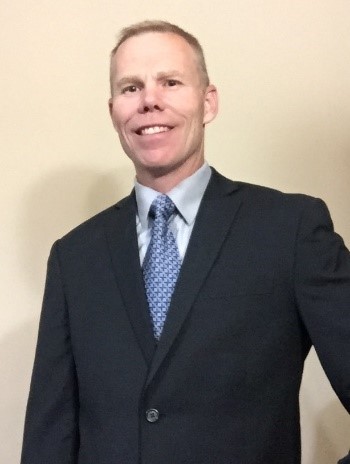


The National Health Security Preparedness Index team interviews Dane Matthew, director of Emergency Preparedness and Response in Colorado
The Colorado Department of Public Health and Environment (CDPHE) was tops in our recent Innovator Challenge for using the National Health Security Preparedness Index to stimulate intra- and multi-sectorial communication, collaboration, and action to improve health security. The Index team spoke with Dane Matthew, director of Colorado’s Office of Emergency Response, about how the Index is helping the department meet its goals. Below is a snapshot of the conversation.
INDEX TEAM: How did improving Colorado’s health security and preparedness become a priority and how did you translate this into action?
MATTHEW: One of the goals in our strategic plan is to prepare and respond to emerging issues, but assessing readiness and preparedness is a pretty nebulous thing. There are so many factors. The National Health Security Preparedness Index has done that hard work and given us a sense of where we stand and where we can improve.
We decided that to use the Index, we have to figure out how to improve our score—so we formed an internal team to dig into the data and measures to understand where we were successful, where we could make improvements, and where there are missing data that we know exists somewhere. From there, we set goals and benchmarks using the Index measures and weaved them into our implementation plan and our overall strategic plan.
You mention homing in on missing data. Can you tell us what data you are working to collect?
First, we had to identify exactly where there were missing data to understand why. When we looked more closely at the data, we found measures where data were labeled “missing” that CDPHE could add. We realized that the “missing data” could be due to reporting data in a way that was not captured in the Index, potentially lowering our overall score. For example, the number of epidemiologists per 100,000 people was a low-scoring item for us, but we realized this is a measure in Colorado that is collected by the state’s Department of Labor, even though it’s a public health profession. In this case, we just needed to find out where the data are to report accurately. We now know that we have a high number of epidemiologists in the state and our score has improved.
How does this fit into the future goals of the department?
A future step for us will be to look outside of the department. We know some of the measures are beyond public health’s direct control. For example, one measure is the number of doctors per 100,000 people. Now we are thinking, “How can we encourage our local hospital associations to improve this score?” Understanding where the data come from is helping us understand what specific improvements can be made and which community partners we need to speak with.
What are the top preparedness activities in Colorado that you’re looking to improve?
We are very focused on improving a number of preparedness efforts in the state, specifically improving syndromic surveillance capabilities and sharing the generated data. Currently, we do not maintain this information at the state level, only within the Denver metro area. We are working to provide this at the local level across the state to prevent and respond to emerging threats.
Another area to improve, and this ties back into our conversations with community partners, is the number of pediatricians in the state. We are looking to partner with our local hospital associations and other health care stakeholders to improve our pediatrics capabilities—for day-to-day health and well-being, and in the event of a disaster.
What is one of the barriers to preparedness?
One challenge that I’ve been concerned about is the philosophy that just because you don’t have major events requiring massive evacuations on a continual basis, that doesn’t mean you don’t need to prepare for smaller, more localized events. When a community has something happen, we are pretty good about making sure we have a much improved response the next time something similar happens. But it’s easy to lose sight of the need to continually prepare, especially if we haven’t experienced any major emergencies or disasters for a period of time.
What advice would you give to other states using the Index?
Measuring preparedness is incredibly difficult, but the Index is a foundational piece. You can use the Index to better understand your state and departments and begin crucial conversations. Having a tool to help you articulate your readiness is important. I would urge my health security and preparedness peers to utilize the Index and dig into the data and ask, “Did that score equate to a better response or not? Are there small changes that can make a big difference?” Start with the low-hanging fruit and focus on making incremental change.

Dane Matthew, MAEd, MMAS, is the director of the Office of Emergency Preparedness and Response at the Colorado Department of Public Health & Environment. Since June of 2016, he has led the state’s public health and medical emergency preparedness and response program. He is ensuring all 64 counties and the nine regional healthcare coalitions in Colorado are prepared to respond to and recover from incidents adversely impacting health and the environment. Matthew’s experience as a military officer, combined with the skills he developed while a firefighter and executive director of a Colorado Special District, make him a skilled strategic planner, leader, and consensus builder. He continues to grow his knowledge of public health and medical EPR and propel Colorado’s program forward to ensure the state is prepared for when someday is today.